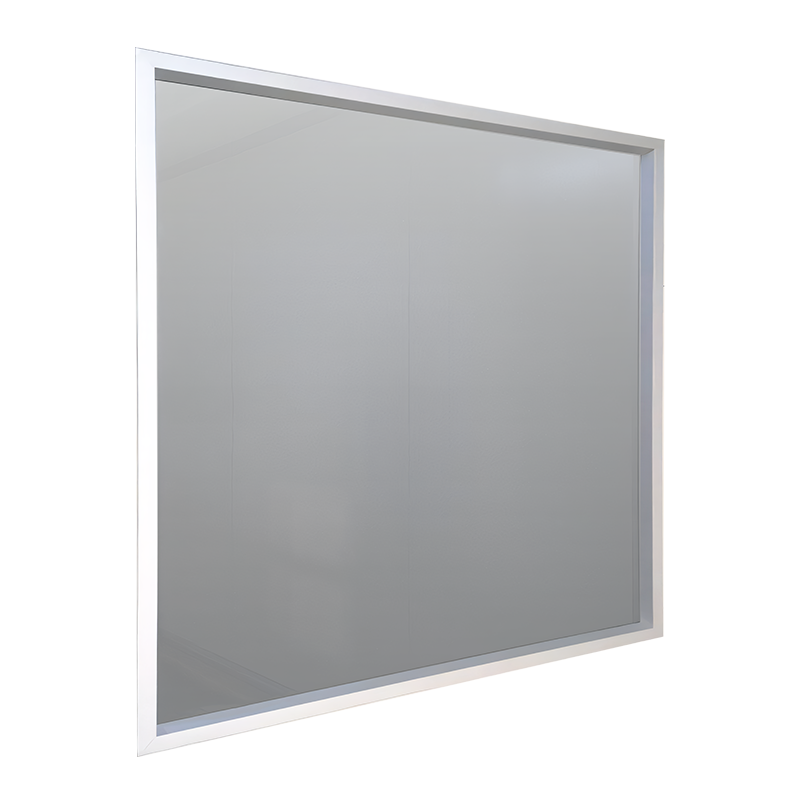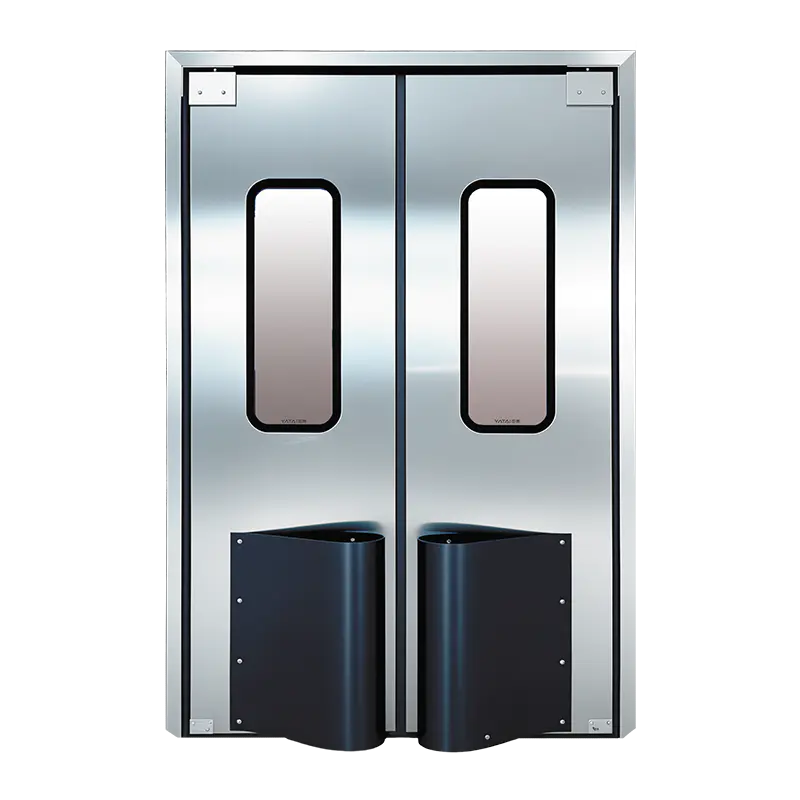How do Cleanroom Windows Prevent Particle Contamination?
Cleanrooms are highly controlled environments designed to minimize the presence of airborne particles, dust, microbes, and other contaminants. These spaces are critical in industries such as pharmaceuticals, biotechnology, electronics, aerospace, and food processing, where even microscopic contamination can have significant consequences. Among the many components that ensure a cleanroom maintains its standards, Cleanroom Windows play a crucial but often overlooked role in preventing particle contamination.
Understanding Cleanroom Standards
Before diving into the specifics of Cleanroom Windows, it’s important to understand how cleanrooms are classified. Cleanrooms are categorized by the number and size of particles permitted per cubic meter of air. For example, ISO 14644-1 defines cleanroom classes ranging from ISO Class 1 (the cleanest) to ISO Class 9 (the least stringent). The higher the class, the stricter the control over particulate contamination.
In this context, every element of a cleanroom—including walls, ceilings, doors, air filtration systems, and windows—must be designed to limit the introduction and accumulation of particles. A poorly designed or installed window can compromise the integrity of the cleanroom, allowing dust, microbial particles, and chemical residues to enter the controlled environment.
The Role of Cleanroom Windows
Cleanroom Windows are not ordinary windows. They are specifically engineered to maintain the integrity of the cleanroom while providing visibility, communication, and sometimes light transfer. Their main functions related to particle control include:
-
Barrier Against Particulate Entry
Cleanroom Windows act as a physical barrier, preventing dust, dirt, and other particulates from passing through from adjacent rooms or corridors. The window material is tightly sealed within its frame to ensure no gaps exist where particles can infiltrate. -
Maintaining Pressure Differentials
Many cleanrooms operate under positive or negative pressure relative to surrounding areas to control airflow. Cleanroom Windows are designed to support these pressure differentials. Properly sealed windows prevent air leaks, which could otherwise carry particles into the cleanroom. -
Ease of Cleaning
The materials used in Cleanroom Windows, such as tempered or laminated glass, are smooth and non-porous. These surfaces prevent particles from adhering and make cleaning straightforward. Routine cleaning with approved disinfectants removes any residual particles or microbes that may have settled on the window surface. -
Compatibility with Airflow Systems
Cleanrooms rely on controlled airflow, often supplied through HEPA or ULPA filters. Windows must be integrated into the cleanroom structure without disrupting laminar flow patterns. Cleanroom Windows are carefully designed and installed so that they do not create eddies or turbulence that could resuspend particles in the air.

Key Design Features That Prevent Contamination
Several design features make Cleanroom Windows effective in preventing particle contamination:
1. High-Quality Seals
The seal around a Cleanroom Window is essential. Silicone or neoprene gaskets are commonly used to create airtight seals, preventing air leaks and particle intrusion. Some windows use continuous welds or bonded frames to further eliminate gaps.
2. Smooth, Non-Porous Surfaces
Materials such as tempered glass, acrylic, or polycarbonate are used for Cleanroom Windows. These materials are non-porous, which prevents dust and microbes from embedding in the surface. Smooth surfaces are easier to wipe clean, reducing the risk of contamination over time.
3. Flush or Recessed Frames
Frames that are flush with the wall or recessed minimize ledges where dust could accumulate. Any exposed edges or protrusions can act as a trap for particles, so modern Cleanroom Windows are designed with minimal nooks and crannies.
4. Double or Laminated Glazing
Some Cleanroom Windows feature double or laminated glazing, which provides an additional barrier to particles. In addition to blocking contamination, this design can help with insulation, noise reduction, and impact resistance.
5. Anti-Reflective and Anti-Static Coatings
Special coatings can be applied to Cleanroom Windows to reduce static electricity, which can attract dust particles. Anti-reflective coatings can improve visibility while maintaining the window’s non-porous, smooth surface.
Installation Considerations
Even the best-designed Cleanroom Window can fail to prevent contamination if installed improperly. Key installation considerations include:
- Seamless Integration: The window must integrate tightly with cleanroom walls and ceiling panels. Any misalignment can create gaps for particle infiltration.
- Pressure Testing: After installation, windows are often tested to ensure they maintain the cleanroom’s pressure differential.
- Accessibility for Cleaning: Windows should be accessible from both sides for regular cleaning without compromising safety or introducing contaminants.
Maintenance and Cleaning
Regular maintenance is critical. Cleanroom Windows require routine inspection for cracks, seal degradation, and surface contamination. Approved cleaning protocols typically involve using lint-free wipes and cleanroom-compatible disinfectants. Abrasive cleaners are avoided as they can scratch the surface, creating micro-traps for particles.
Applications Across Industries
- Pharmaceutical Manufacturing: Windows allow observation of sterile processes without opening doors, reducing the risk of contamination.
- Electronics and Semiconductor Facilities: Windows provide visibility into sensitive production areas where even tiny particles can damage circuits.
- Healthcare and Biotechnology: Windows in laboratories and isolation rooms ensure sterile conditions while allowing staff to monitor procedures safely.
Conclusion
Cleanroom Windows play a vital role in preventing particle contamination by acting as a sealed, non-porous barrier, supporting pressure differentials, and integrating with cleanroom airflow systems. Their design, installation, and maintenance are all critical factors in ensuring that a cleanroom maintains the strict environmental standards required for high-precision manufacturing and research.
By understanding how Cleanroom Windows function and adhering to proper installation and cleaning protocols, facilities can significantly reduce the risk of contamination, ensuring product integrity, safety, and compliance with industry standards.


 English
English Español
Español русский
русский عربى
عربى
















